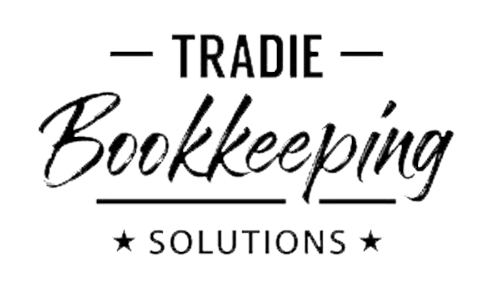Busting the Single Touch Payroll Myths
It is estimated that the expansion of the rollout of the Single Touch Payroll (STP) reporting system from 1 July 2019 will include more than 700,000 employers who will enter STP as a result. This will affect small businesses who employ fewer than 20 employees.

While the ATO recommends that smaller employers consider voluntarily opting-in to STP early, it also acknowledges that there is a large number of very small employers who have less than five employees (‘micro-employers’) who do not currently use a payroll product.
Do you know what Single Touch Payroll means for your business?
I found that there are a lot of misconceptions amongst business owners about how it would affect them. The rumour mill has been running hot, so this article seeks to bust some of the myths.
What is STP?
It is a new reporting system introduced by the Government to streamline how employers report tax and superannuation information to the ATO. It is called ‘real time reporting’ and happens each time employers pay their employees using their payroll system via online data transfer to the ATO on these transactions.
STP will also allow employees to access reporting data via a myGov account to see what their employer has been paying on their behalf.
Do you need to have a Payroll system to participate in STP?
In short, the answer is YES. However, given that not all small businesses use a payroll system, the situation is still fluid. The ATO has indicated that they are not looking to force smaller businesses who are currently NOT using a payroll system to take up a product to do STP. I will be monitoring this space and keep you posted on new developments.
Who can report through STP?
Generally a payroll service that includes processing payroll on behalf of an employer, or performing any payroll related functions that involve interpreting legislation and assisting employers to calculate their pay as you go (PAYG) withholding and super guarantee liability.
Your Payroll agent must be registered with the Tax Practitioners Board. Their account with the ATO must also be linked to the client account in the ATO system to lodge an STP report on the client’s behalf.
What happens if your payroll service provider is not ready for STP?
There are some payroll service providers who have asked the ATO for more time to get ready. If a deferral has been granted by the ATO to your payroll service provider, as an employer you are automatically covered by this deferral.
What happens if an employer is not ready for STP?
If an employer won’t be ready but their software is, they can apply to the ATO for a deferral. The ATO understands that there may be other reasons employers may be unable to adopt STP, such as being located in areas without a reliable internet connection.
Can you apply for an exemption?
An exemption may be granted to employers with a seasonal workforce and who only have 20 or more employees for part of the year. This exemption will only apply until smaller employers are required to begin reporting through STP.
Are there penalties if you don’t adopt STP?
The first year of STP reporting will be a transition year and the ATO will be working with employers to make this as smooth as possible. In general penalties will not apply during the first year of reporting through STP.
Where to from here?
STP is one of the biggest reform projects the ATO has undertaken since the introduction of the GST. At some point in the future, it will affect most employers in Australia. The best thing you can do right now is to talk to your bookkeeper or accountant who can help you understand exactly what this means for your business, ie what you need to do to make sure your company will be compliant with this legislation.
Get started today and contact us for a FREE Payroll System Review to find out if you are ready for the Single Touch Payroll.
Copyright © TradieBookkeepingSolutions.com.au All Rights Reserved.
